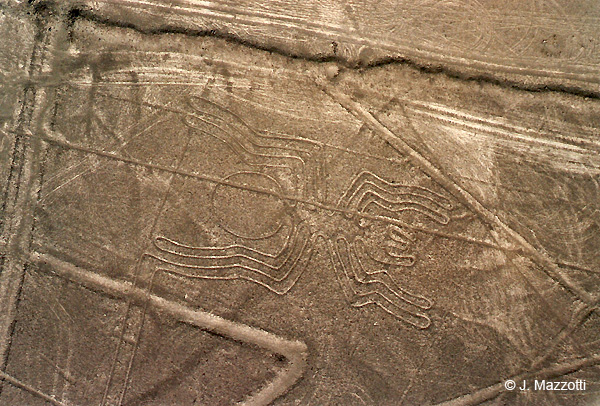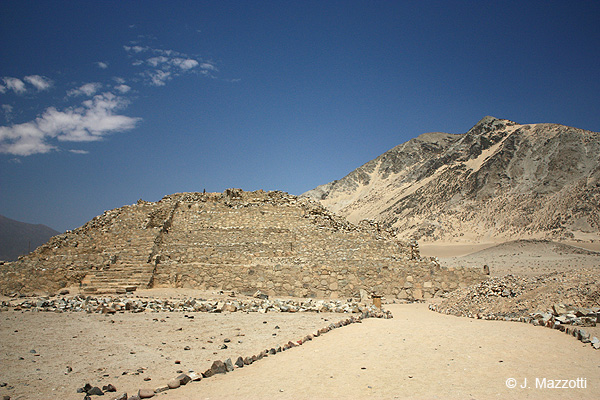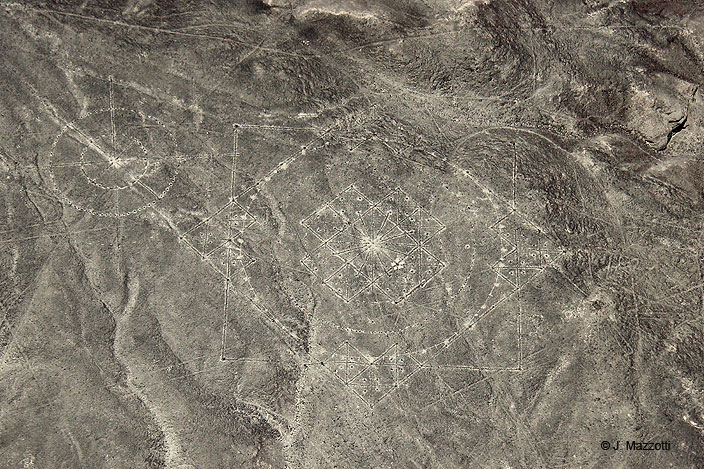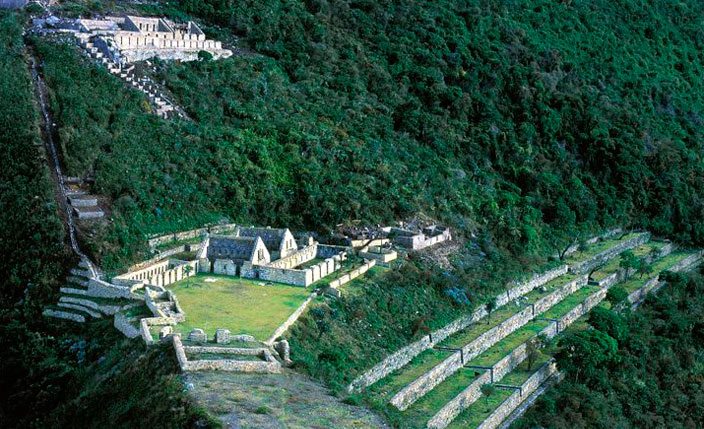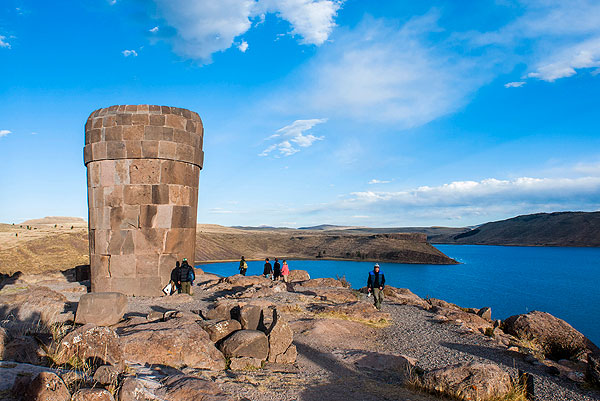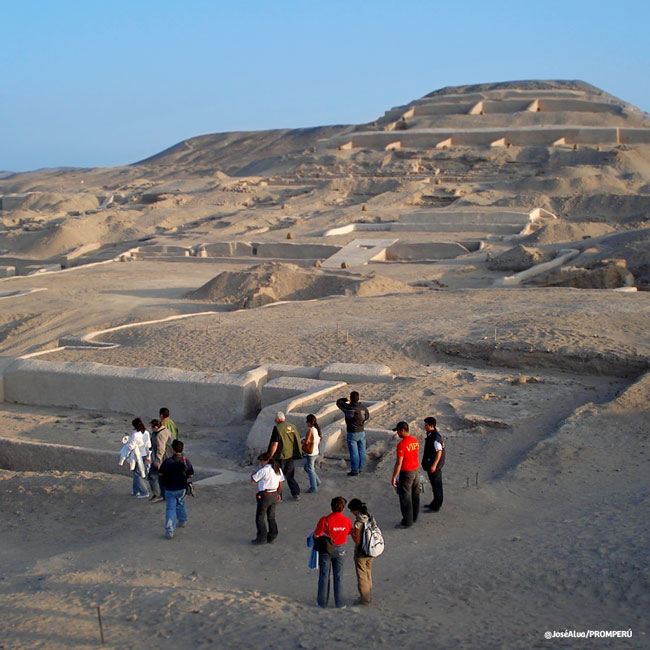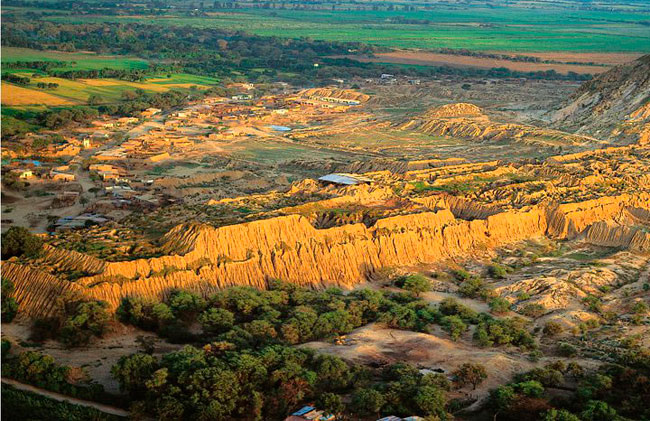Archaeological Destinations in Peru
Ancient Treasures of Peru

 There is an Ancient Peru - The Empire of Hidden Treasures
There is an Ancient Peru - The Empire of Hidden Treasures
Peru: Land of the Incas
Cultures, Cities and Sacred Sites
From the oldest civilization in America, to the largest and most powerful empire of the southern continent, Ancient Peru conserves the architectural and artistic vestiges of fascinating cultures. Discovering them is a breathtaking experience.
The ancient city of Machu Picchu is one of the world’s best known archaeological sites.
Unique experiences: A single trip is not enough to discover all the wonders of Peru.
Here we highlight just a few magical places and experiences that must be lived and appreciated when you visit this country.
Peru's Pre Hispanic Archaeological Legacy
And discover a world of archaeological sites that date back before Inca times.
Visit the relics left behind by cultures whose presence lingered long after they were conquered.
10,000 years of history can be seen in one of the largest networks of archeology found in the world – and the largest in South America. Progress reached by the ancient Peruvians in the areas of arts and science never ceases to amaze. Take, for example, the Sacred City of Caral, the oldest in the Americas. Then, there is Machu Picchu Inca City and newly elected as 7 Wonders of the World.
The World Heritage Sites of Peru is an invitation to know and empathize with ancient archaeological monuments, historic sites where they fuse Spanish colonial architecture and the native, unique natural scenery.
Peru is recognized worldwide for its great historical legacy. As a testimony of the great civilizations and powerful kingdoms that populated ancient Peru, prevail along all our territory archaeological remains that impress Peruvians and foreigners and they are still researchers' matter of study, who try to figure out the enigmas of those remote periods.
You can start at the pilgrimage site of Chavín de Huantar, a fortress temple, built around 1200 BC. Marvel at the impressive carved stone heads, and 15 foot high dagger-shaped stone monolith or "Lanzón" which lies inside a mysterious labyrinth of tunnels.
Witness the ancient imperial Chimú Culture, dating from 1100 BC at the remains of Chan Chan, the largest adobe brick city in South America. Located deep inside the northern desert, archaeologists still puzzle over how such an advanced culture developed in this harsh environment.
Another spectacular pre-Inca site is the fortress of Kuélap, a walled city built from stone at 9,840 feet above sea level and surrounded by a cloud forest. From the Chachapoyas culture, which means "the cloud people" this site lies at the summit of a mountain and is thought to have taken 200 years to build (from 1100 to 1300 BC).
Best seen by air, the famous Nazca Lines create a final memorable experience. One of Peru's great mysteries, these geometric lines form animal figures, and date back to 500 BC. The site is believed to have been used as a huge astronomical calendar. Near to Nazca are located the Palpa lines with more than 600 geoglyphs.
Much earlier than the Incas and while civilizations like the Mesopotamian, Egyptian, Indian, and Chinese (3000 and 2000 B.C.) flourished, the city of Caral, located north of the city of Lima, was built; this was the first American expression of a pre-ceramic urban settlement with monumental architecture in an area greater than 10 hectares. Sacred City of Caral was declared World Heritage Site by UNESCO (June 2009). Later, in the northern highlands, the Chavín de Huantar achieved significant advances in architecture, engineering, and agriculture.
The Moche Route, choosing to spend a few days in Trujillo and Chiclayo means to visit a universe with its own identity, a place where it is possible to visit archaeological sites that amaze the world and to experience first hand the Mochica traditions, which have lasted for thousands of years. The Moche Route program does not promote tourism in all the Mochica archaeological monuments, only in those where there is currently an investigation project such as Túcume, the Brüning Museum and the Royal Tombs of Sipán Museum; San José de Moro, El Brujo complex and the Huaca del Sol and Huaca de la Luna (Trujillo - La Libertad).
Machu Picchu Inca City, is a mystical place, a monument to divinity, where people can feel that they are a creation of God. The high sense of spirituality that inhabits this place seems to transport its visitors to a place where everything "in an unimaginable way" is possible. It is a place where strange forces of nature allow the individuals to reach an incomparable cosmic state, a state that can only be experimented in Machu Picchu. It is one of the most popular archaeological sites of the world, and therefore, the most visited attraction in Peru. Elected in the 7 New Wonders of the World - July 2007.
Choquequirao is another "Lost City of the Incas" rediscovered officially late in 20th century located high on a ridge spur almost 1,750 m. above the raging glacier-fed Apurimac River and surrounded by towering Salkantay and Humantay snow-capped peaks. Choquequirao (chuqui k'iraw, "cradle of gold") could be one of the lost citadels in the Vilcabamba Valley, where the Incas sheltered as of 1536. The complex features nine stone architectural groups, with hundreds of terraces, rooms and irrigation systems.
Discover it all for yourself. Come to Peru. Where you'll experience all these archaeological monuments, along with the remains of an ancient culture that's still very much alive.
Peru is one of the countries that has a rich millennia tradition that begins with distant historical trace of nomads, hunters and collectors, the big pre-Inca civilizations appear, from the Chavín to the Chimú cultures, opening the way to the great Inca Culture.
Through the vast territory of the coast and mountain, we can find big and wonderful archaeological centers, in those that you can magnify the art and development of each one of these big towns, and to come closer to them, knowing their works, many of them harbored in museums.
It will be easy to find the beauty and greatness of these archaeological locations next to beautiful landscapes, among snowy mountains of the Mountain Range of the Andes.

